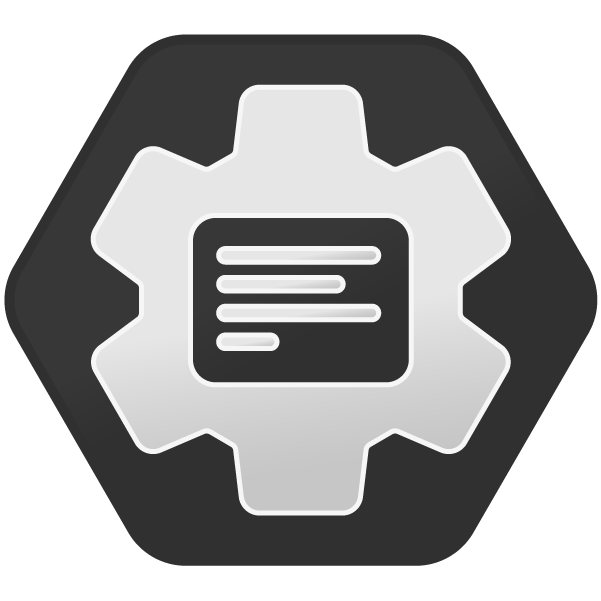

- QLAB OSC API HOW TO
- QLAB OSC API FULL
- QLAB OSC API PRO
- QLAB OSC API OFFLINE
- QLAB OSC API PROFESSIONAL

If I am not mistaken, this trick also helped regain some speed in the mobile app for this user as well. Kind of like how your computer slows down if you have dozens of files on your desktop – putting everything into a folder will remove the computer’s need to cache those items. It eliminated the application’s need to cache everything on load, or seemed to. I created a New Playlist Folder (under the File menu) and put EVERYTHING into that. I was able to get a lot of performance back at one point when I was faced with hundreds of playlists every time the program opened. The program can get really bogged down if you have a LOT of playlists.
QLAB OSC API FULL
Now, the last thing I want to cover is a little trick to use if your Spotify application is sluggish, even after you’ve tried uninstalling the application (and trashed all of the preference files, etc…a FULL uninstall). Use this script at the end of your show to clean up your computer.
QLAB OSC API PRO
QLAB OSC API HOW TO
I will address how to optimize its performance. NOTE #2: The Spotify application can sometimes be a bit system intensive. I probably should get around to covering that soon. NOTE #1: As mentioned in an earlier post, this does not cover licensing of music used in public performance. It’s not about designing an experience as much as just setting the atmosphere a little. In this scenario, I might call up a playlist appropriate for the event and run that. I may not have my library with me, or even be on my own computer. Plenty of times I am running small, one-off shows and presentations, and having music in the room before the event starts is needed. There is a case, however, where I might choose to use Spotify as my preshow music. The last thing you want to do is have to toggle between different applications. Here is how you can control Spotify using Qlab, so that you can keep working in a singular interface for your show playback and sync with the rest of your cues. But, in the real world, where budgets and time can be limited and the resulting productions are a bit more of a collaborative affair than the silo-ed departmental approach, you might need to use Spotify to play back some music in the house while the audience is waiting for the show to begin.
QLAB OSC API OFFLINE
This of course breaks a few standard practices, particularly the idea of keeping your computer offline during the show and having all of your content local. But there is a huge section of the entertainment industry below that level, where someone like the director might say “here is my playlist, use this for the show.”
QLAB OSC API PROFESSIONAL
Not your big professional shows, mind you – I can’t imagine any Broadway designer or FoH tour guy streaming their house music every night.

And sometimes those playlists are requested to be used during productions. With almost 150 million active users and almost 20% of Americans using it every month, it’s the service that more and more people turn to for music listening.Īs such, more and more creative people who come up with audio mood boards/playlists and house music are using it. Spotify has become a dominant player in how we discover and consume music. Especially helpful for random little shows & presentations. If you’re using Spotify for house music, here is how to control it using Qlab. Using Qlab to control Spotify and house music


 0 kommentar(er)
0 kommentar(er)
